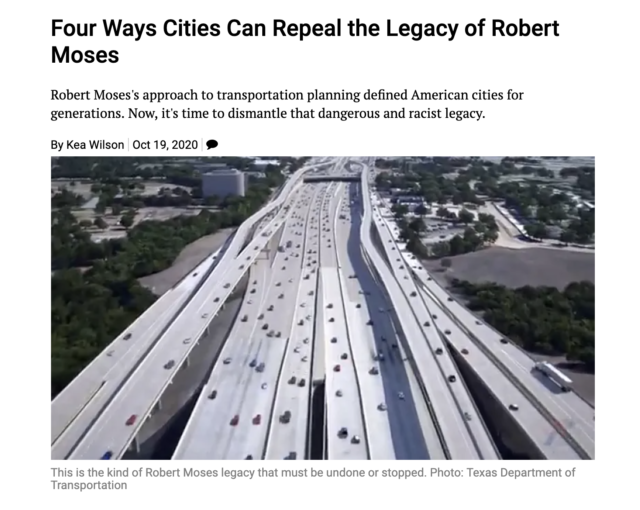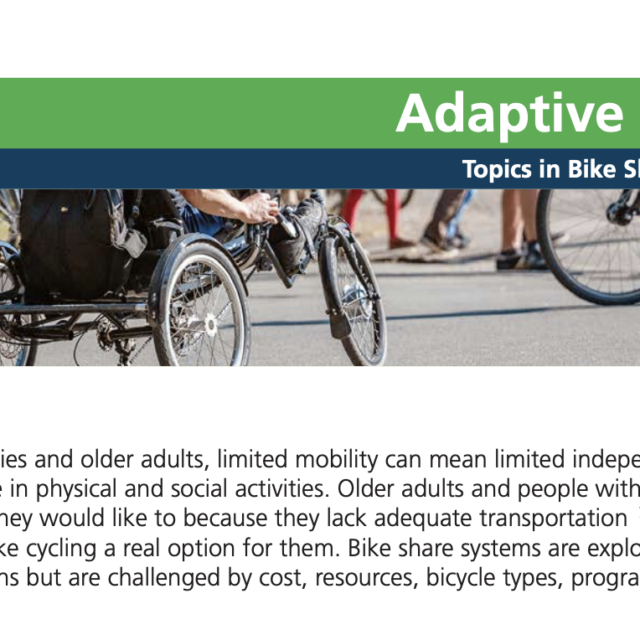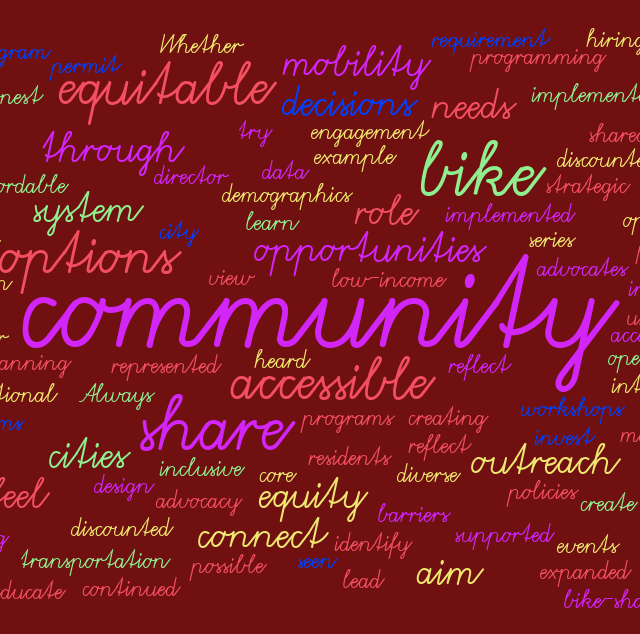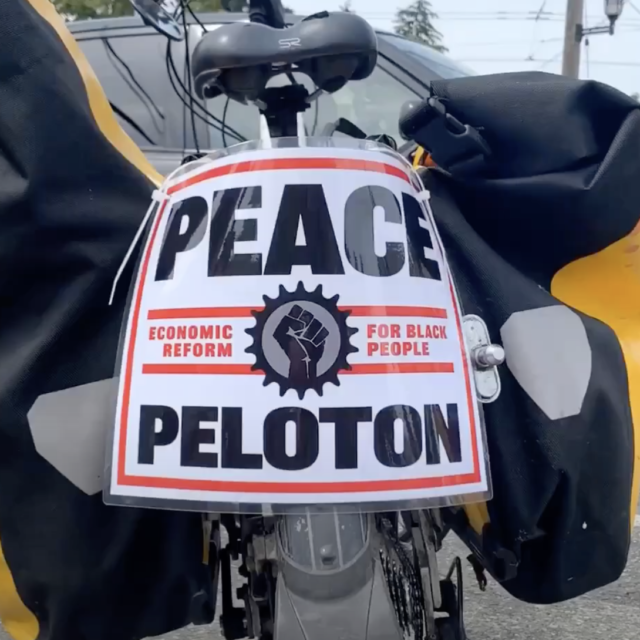
Recently, Streetsblog USA’s Kea Wilson wrote an article about the legacy of Robert Moses, an American public official who was known as “master builder” since, according to Wilson, Moses “practically created the blueprint for cities across America to use highways to destroy Black and brown neighborhoods, and perpetuated injustices that endure to this day.”
If you research Robert Moses, you might see how difficult it is to find a version of his history that doesn’t revere his contributions to the built environment. You’ll learn how instrumental he was in the growth of New York’s highway system between the 1930s and 1970s; however, Wilson mentions Moses’ greatest legacy was making “transportation” virtually synonymous with “driving” in America, not to mention ignoring how the mobility of drivers can often destroy the lives of those who can’t or don’t own a private vehicle.
During the virtual Vision Zero Cities conference hosted by Transportation Alternatives in October, New York City council member Ydanis Rodríguez said, “Mobility is a civil rights issue. Discrimination is what leads to people living 15 or 20 blocks from the closest transit stop that takes them to work” — or from the nearest bike share station.
At the conference, academics, activists, elected officials and more discussed the legacy of Moses and the car-centered transportation planning that still dominates American cities. But more importantly, they shared effective ways they think cities can restore power to the low-income and marginalized communities that were negatively affected by Moses.
The Contributions of Robert Moses
Transportation and urban planning and bike share are intertwined. Without equitable approaches to the ways cities empower their communities with mobility options and better infrastructure, implementing accessible and affordable bike share in communities of color and low-income communities will be that much more difficult.
Before we share how to repeal his influence, here’s what you should know about Moses’ contributions:
- Moses helped shaped New York City into what we know it as today. Although he connected New York City through parkways, highways, parks, pools, and buildings, he also forced the unnecessary and unjust displacement of nearly hundreds of thousands of low-income families in the process.
- He built 13 expressways across the City, despite the large population of residents who couldn’t (and still can’t) afford a car. For example, he designed Cross Bronx Expressway, which bisected the Bronx roughly in half and displaced 5,000 families.
- A man of great influence, Moses demanded government funding be allocated to his projects of rebuilding New York City, which he’s greatly respected for.
How to Dismantle A Racist Legacy
“Thanks to the rise of the Black Lives Matter movement and the impact of COVID-19,” writes Wilson in her Streetsblog USA article, “some believe [Moses’] stranglehold could soon come to an end.” During the Vision Zero Cities conference, three panelists — Cary Moon, Linda Samuels, and Ydanis Rodriguez — shared how they think cities have begun to make progress on reducing Moses’ influence plus what to implement in his stead.
According to the panelists, here are three of the four ways cities can work to repeal the legacy of Robert Moses.
1. Re-engineer public engagement to redistribute power
Associate professor of urban design at Washington University Linda Samuels said, “Is community engagement real, or is it disingenuous? Are we just having conversations, or are we really re-distributing power? … We need to talk about not just who is included in the conversation, but who actually gets to make decisions.”
Before a blueprint is created, projects need a total restructuring of the decision-making process to put communities of color at the center of the conversation. To achieve this kind of restructuring, Wilson reports it’ll take a fundamental change in how transportation choices are made; that means planners can’t wait for departments of transportation to “invite average citizens to the table.”
2. Localize transportation decisions and dollars
Without state and federal transportation funding to largely devote to building roads for drivers, local official Moses wouldn’t have been so influential:
“Moses’s contemporary counterparts are still incentivized to put car travel above all else: biking and walking projects get just 2 percent of federal transportation dollars, and transit doesn’t get much more,” reports Wilson.
Cary Moon, the leader of the People’s Waterfront Coalition, says because that’s where the state department of transportation’s funding comes from, it’s in its best interest to build more highways and suburban sprawl. “If we can get that money into the local government, we might be able to change things.”
3. Embrace top-down urbanism
Top-down planning refers to the approach that aims to gradually move from the top to the bottom level of a hierarchy to achieve a set of goals; whereas bottom-up planning defining objectives and ways to achieve them by targeting lower levels of a hierarchy first. On the other hand, modern planning has evolved to incorporate tactical urbanism, which includes low-cost and temporary changes to the built environment to improve local neighborhoods.
Naturally, Moses’ work is quite reflective of the top-down planning approach that ignores the needs and voices of average citizens. To erase his legacy, however, the panelists suggested cities unite tactical urbanism types of projects with the governmental-scale resources Moses favored.
According to Wilson, Samuels and her co-panelists argued that cities’ efforts to repurpose streets for social distancing “has exploded the very Moses-esque notion that our streets can only be meaningfully changed through a lengthy and expensive urban planning process endorsed by a small handful of (usually white and male) professionals.”
— — — — — — — —
The last suggestion the panelists provided was to treat mobility as a civil right. To learn more, read the full article here.




